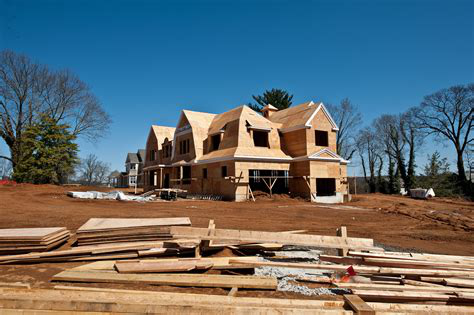Working with legitimate professionals that are going to be building your home and bringing your dream to life is never quite as simple or as straightforward as many of us imagine this process to be – particularly if we haven’t gone through it all that much (if ever) in the past.
There are a couple of different things you can do, however, to make this process go a lot smoother right out of the gate and all the way to the finish line.
Keeping open lines of communication is everything, and while you’ll have to rely on your builder and your contractor to keep you apprised of any changes, any emergencies, or any unforeseen circumstances, you’ll also want to do your fair share of the heavy lifting keeping the project on track in moving towards the milestones that you have mutually agreed upon.
Outline your expectations for crystal-clear communication right away.
One of the most important things you can do to guarantee clear and open lines of communication are maintained throughout the entirety of the project is to outline these expectations right off the bat.
It’s really easy to have a completely different set of expectations for how you should communicate, when you should communicate, and how often you and your contractor or builder should actually get together to keep the project on track than your contractor and your builder – and that’s when things really start to run right off the rails.
If you’d like to have weekly conference calls with your builder or your contractor and any of the critical sub-contractors, you’re going to want to make sure that you outline that in advance. If you’d rather handle the majority of your communication with email so that you can keep better track of everything that has been said and have a better “paper trail”, that something that you want to communicate as well.
A lot of frustration can be avoided by outlining how you like to communicate with your contractor builder initially than just hoping that they are going to “get it” all on their own and communicate with you the way that you hoped they would have all along.
Take advantage of project management software and tools.
Project management software, especially cloud-based software that allows for everyone to have their own excess, their own platform to communicate, and their own tools to and resources and keep the project moving in the right direction can be a huge benefit to you and your builder/contractor as long as you both buy in to using the platform moving forward.
Oftentimes, builders and contractors will use this kind of software in these kinds of tools in-house but may be able to create an account for their clients with more limited access than their employees. This will help you stay abreast of all the updates, all the changes, and all the work that is being put into moving towards the finish line without ever feeling as though you are stepping on the toes of your contractor along the way.
At the end of the day, communication remains a two-way street and you’ll want to do everything you can to make sure that you are doing everything you can to make this contractor/client relationship work.

